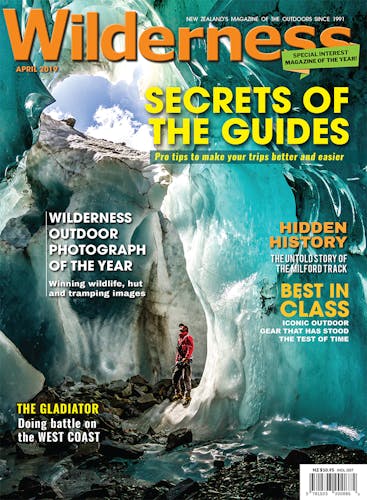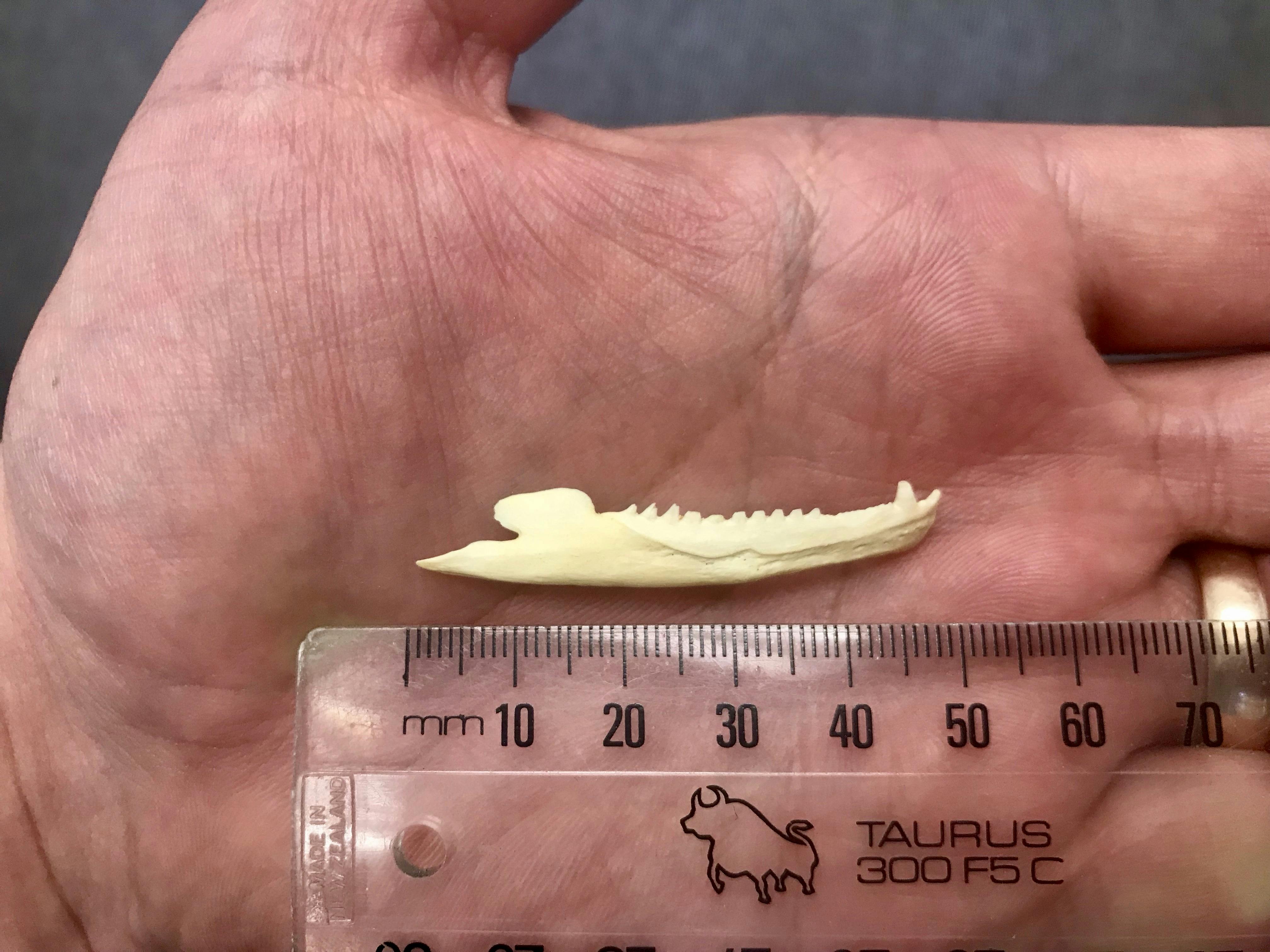The discovery of tuatara bones in the far north gives hope the species will one day be reintroduced to the mainland
The jawbones of ancient tuatara discovered in the Far North provide hope the country’s largest reptile may once again thrive on the mainland of the winterless north.
That’s the viewpoint of University of Otago zoology senior lecturer Dr Nic Rawlence who last year found dozens of ancient tuatara bones during an eight-day scientific audit led by Ngāti Kuri and Auckland Museum.
“The size, shape and serrated edges of tuatara jawbones mean they’re really, really distinctive – particularly when they’re so well preserved like the ones we found in sand dunes at Herangi Hill and Tom Bowling Bay,” says Rawlence. “In the end, I had to stop collecting them. I couldn’t fit any more bones in my backpack. There would’ve been hundreds of tuatara bones at Tom Bowling Bay.”
Rawlence was one of five scientists invited to Northland by Ngāti Kuri and Auckland Museum to look for ancient bones.
The fossil finding mission aimed to identify animal species that lived in the Far North before Polynesian migration to the area in the mid to late 1200s.
It was part of a larger biodiversity stocktake that included the identification of endemic animal and plant species in the area today.
Ancient tuatara bones, dating back an estimated 6000 years, were among several species discovered.
The team also found now-extinct moho (or North Island takahē), moa, kiwi, kōhatu shag and prehistoric New Zealand sea lions.
“Discovering the tiny bleached skeleton of a prehistoric New Zealand sea lion pup was pretty special,” says Rawlence.
“It’s one of only three sea lion lineages in New Zealand at the time of Polynesian arrival. And it’s the very species that gives Ngāti Kuri its name because it barked like the dogs – or kuri – their tīpuna brought with them to Aotearoa.”
Rawlence says knowing the exact species that lived in Northland before humans arrived will help Ngāti Kuri work out which native birds and animals to reintroduce when they develop their region into an eco-sanctuary in a few years’ time.
Ngāti Kuri recently announced plans to develop the tip of Northland into an eco-sanctuary protected by a $1.2 million predator-proof fence.
Rawlence anticipates tuatara will be high on the list of taonga (treasured) species that will live in the sanctuary.
“Tuatara did once live on the mainland. From what we’ve found so far, Northland would’ve had a healthy population living in the sand dunes, nesting in seabird burrows. But by the time Europeans arrived, they were found only on offshore islands.”
According to DOC, the total number of surviving tuatara is estimated at around 100,000, spread across islands in Northland, Coromandel, the Hauraki Gulf, Bay of Plenty and the Marlborough Sounds.
“To know how to care for and conserve a species, you have to know how they lived before they became extinct in an area,” says Rawlence. “That’s where our work comes in. It’ll help iwi understand the whakapapa of their taonga species and how and why they disappeared over time.”
Next year, Rawlence and his colleagues from Auckland Museum will return to the Far North to continue their fieldwork, focusing on new fossil sites with the Ngāti Kuri rohe such as Waikuku Beach.
A complete stocktake of all far north animal fossils stored in museum collections around New Zealand will follow.
“The goal is to publish our findings in collaboration with Ngāti Kuri so they can use the data in their eco-sanctuary planning. Scientists partnering this way with iwi isn’t as common in New Zealand as it should be. But it’s a fantastic way to give back lost knowledge and have a real-world, ongoing impact on conservation.”








